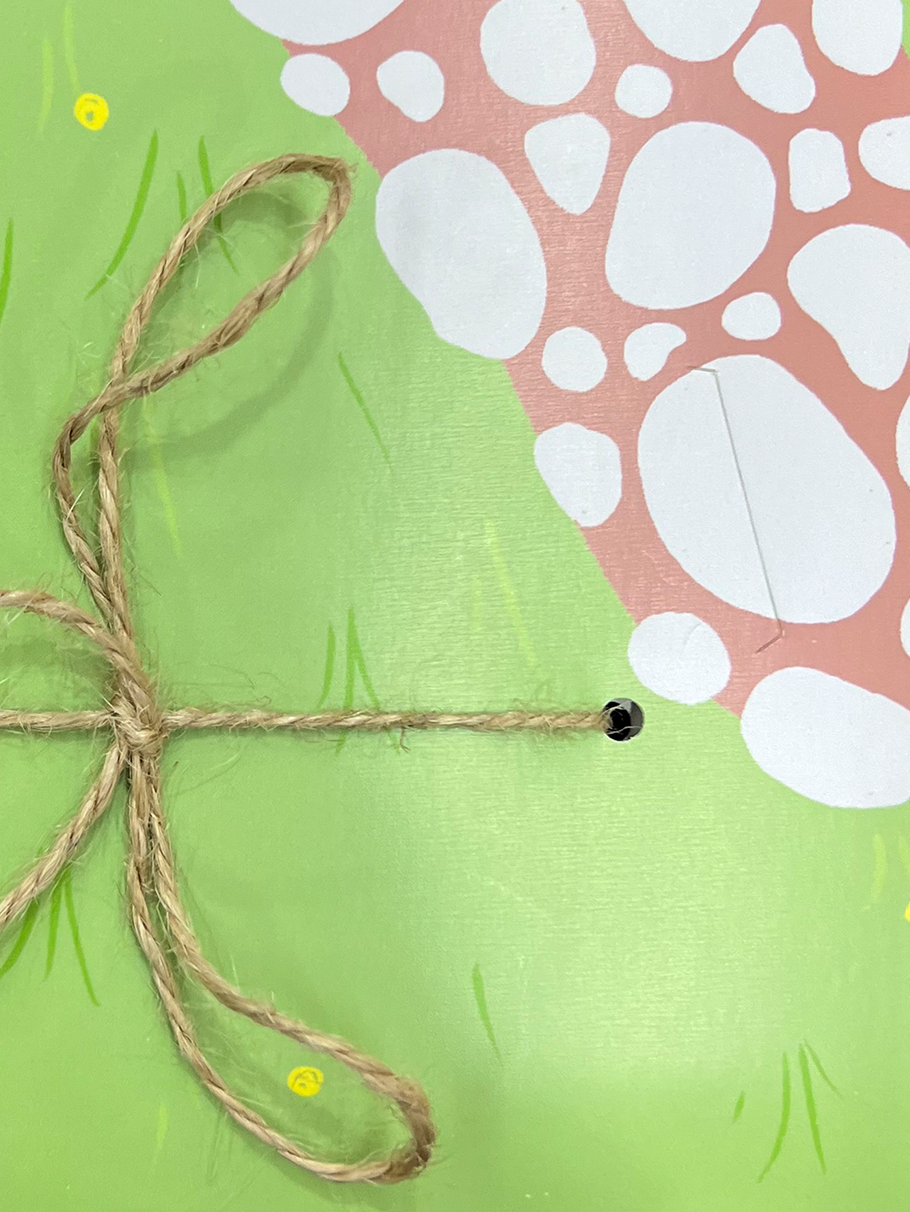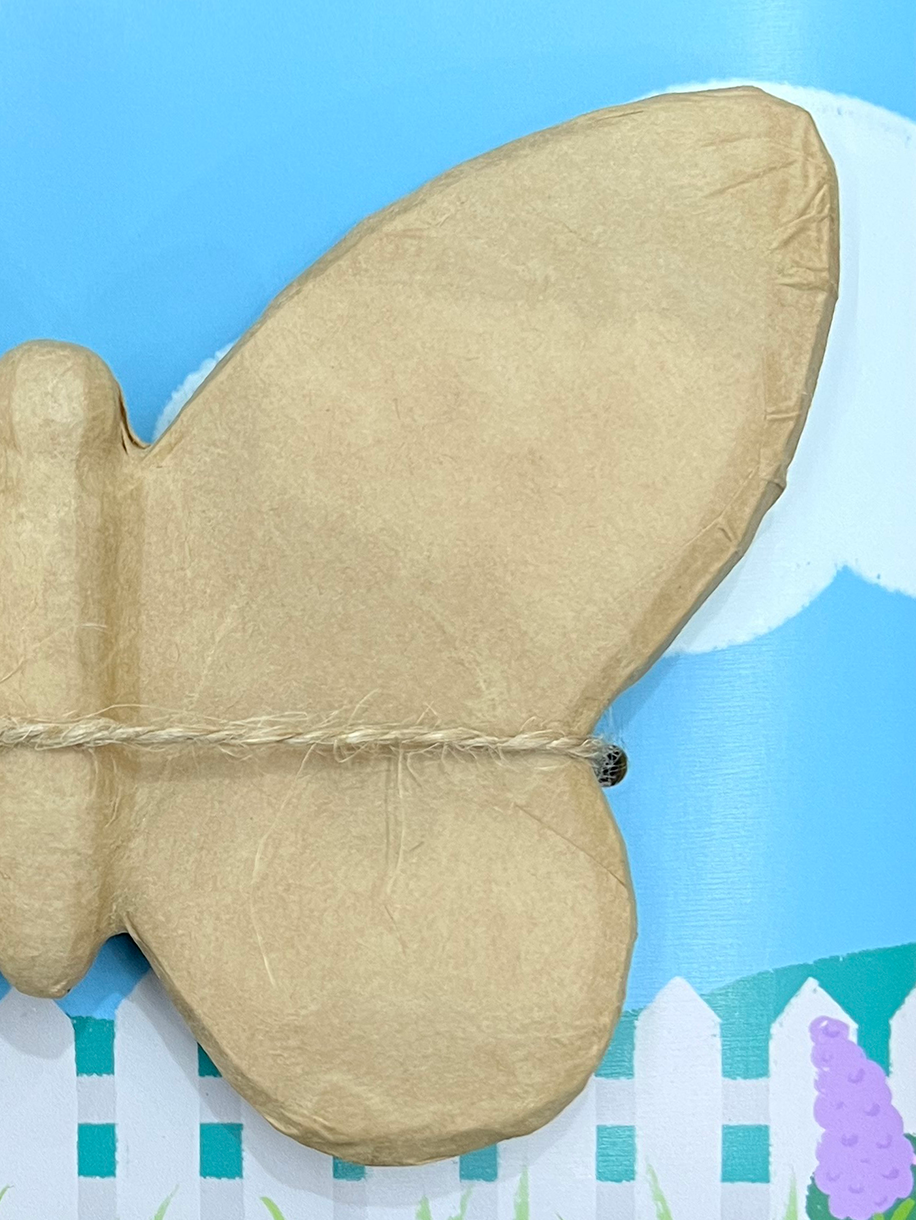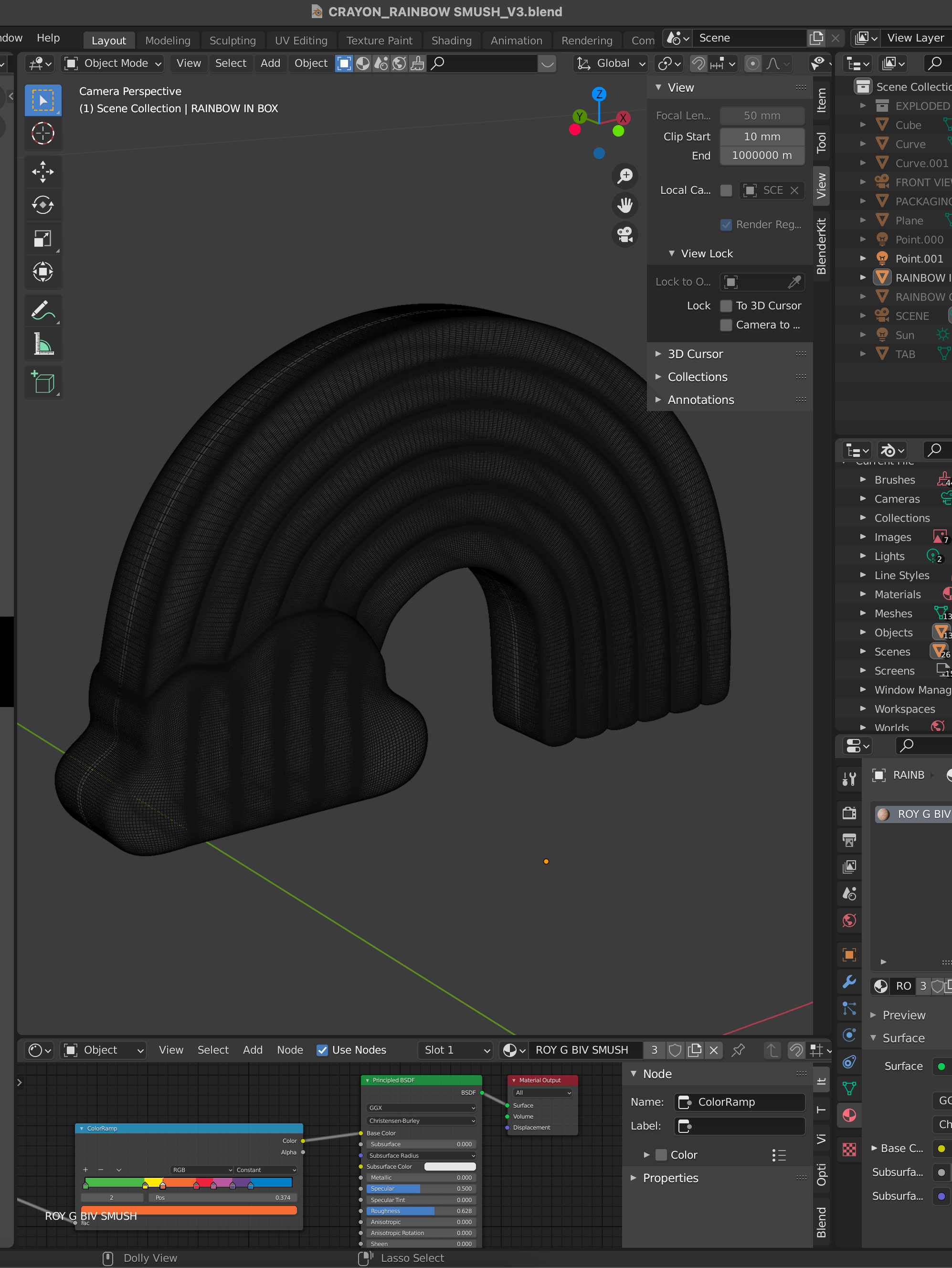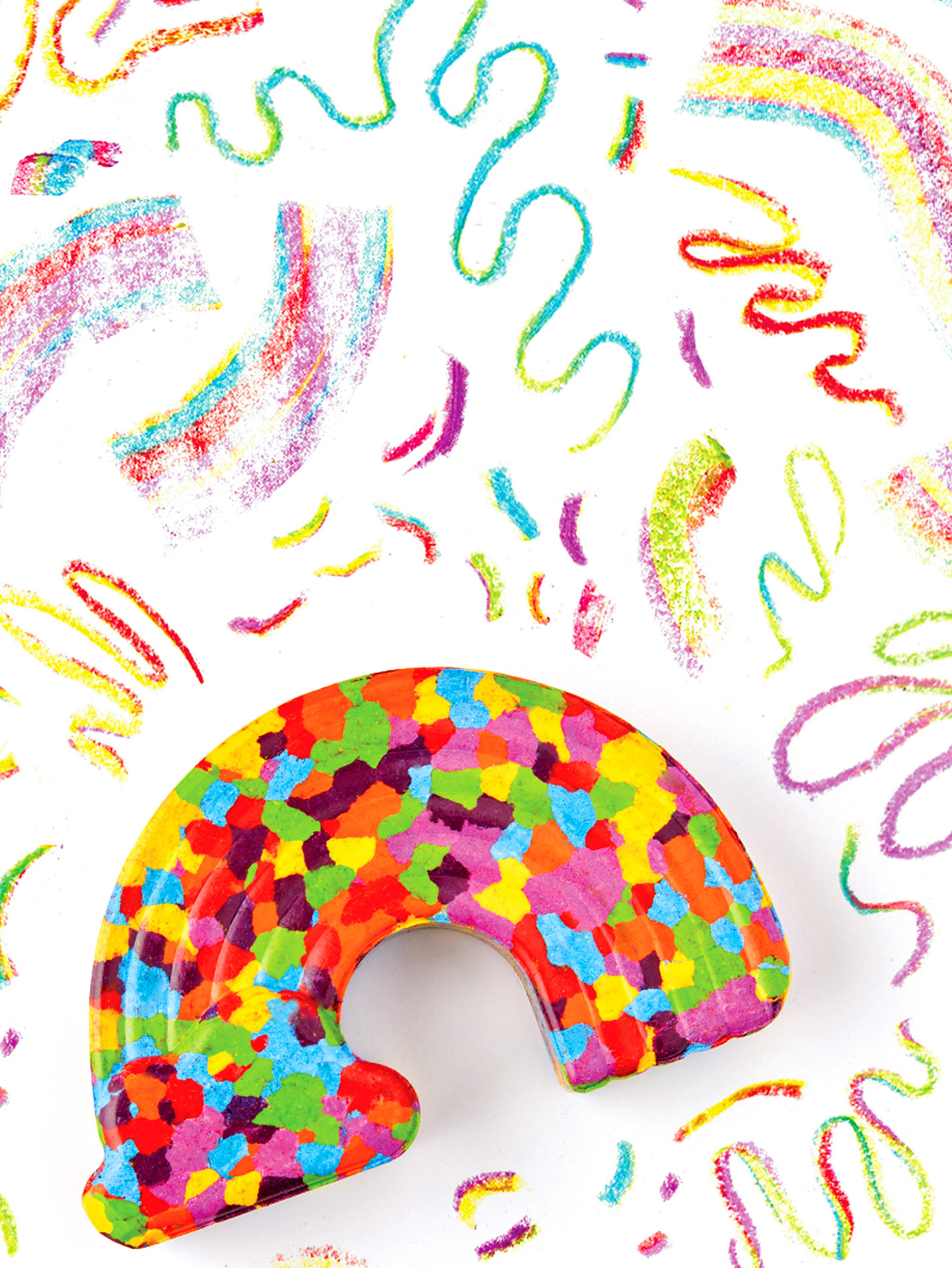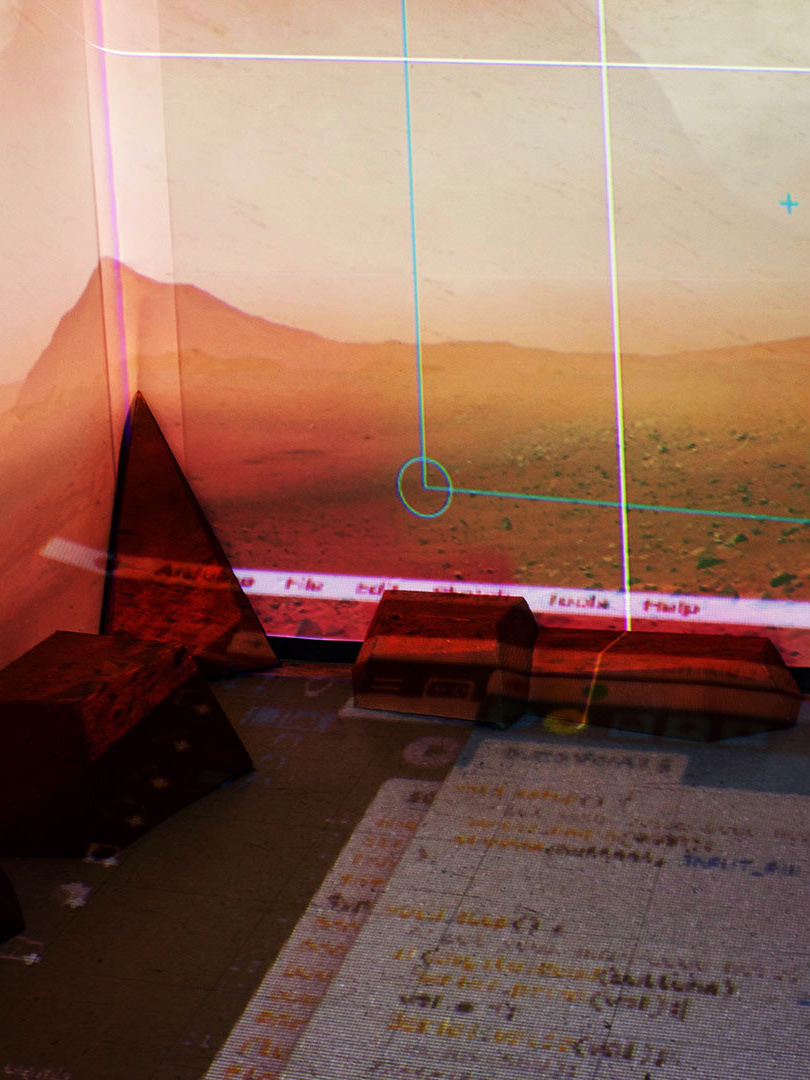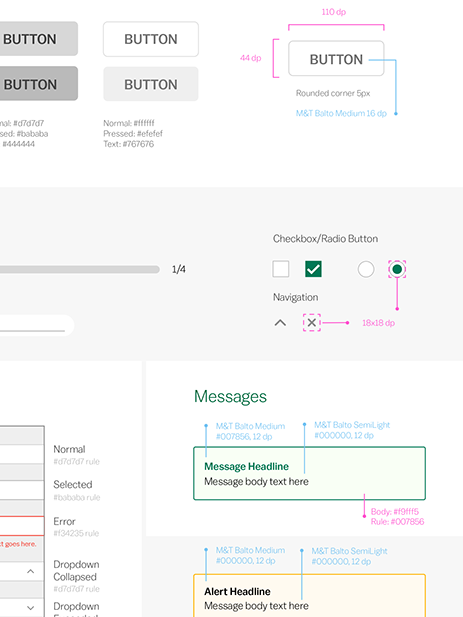Role: Furniture Design, Fabrication
Duration: 7 Weeks
Tools: Model-making, Drafting, Power Tools
Context
In the summer of 2018 I completed a furniture design program in Copenhagen, Denmark, designing and fabricating a solid wood seat inspired by Scandinavian design history and traditional manufacturing techniques.
Inspiration
While in Denmark I became extremely interested in the idea of flexible furniture. I examined pieces of furniture that live in a place in-between a seat and a table, either intentionally or unintentionally, and became interested in the form similarities of a side table and stool. I was inspired by playful and warm Scandinavian furniture and aimed to emulate those feelings in my own design. I collected references everywhere I traveled, from furniture workshops to local department stores, and was particularly drawn to pieces that used natural fiber accents, traditional craft techniques, light airy forms, and clean lines.
While in Denmark I became extremely interested in the idea of flexible furniture. I examined pieces of furniture that live in a place in-between a seat and a table, either intentionally or unintentionally, and became interested in the form similarities of a side table and stool. I was inspired by playful and warm Scandinavian furniture and aimed to emulate those feelings in my own design. I collected references everywhere I traveled, from furniture workshops to local department stores, and was particularly drawn to pieces that used natural fiber accents, traditional craft techniques, light airy forms, and clean lines.
Left: Cuba Chair (1997) by Morton Goeletter
Middle: Lamino Easy Chair (1956) by Yngve Ekström
Right: Anna (1945) by Bruno Mathsson
Middle: Lamino Easy Chair (1956) by Yngve Ekström
Right: Anna (1945) by Bruno Mathsson
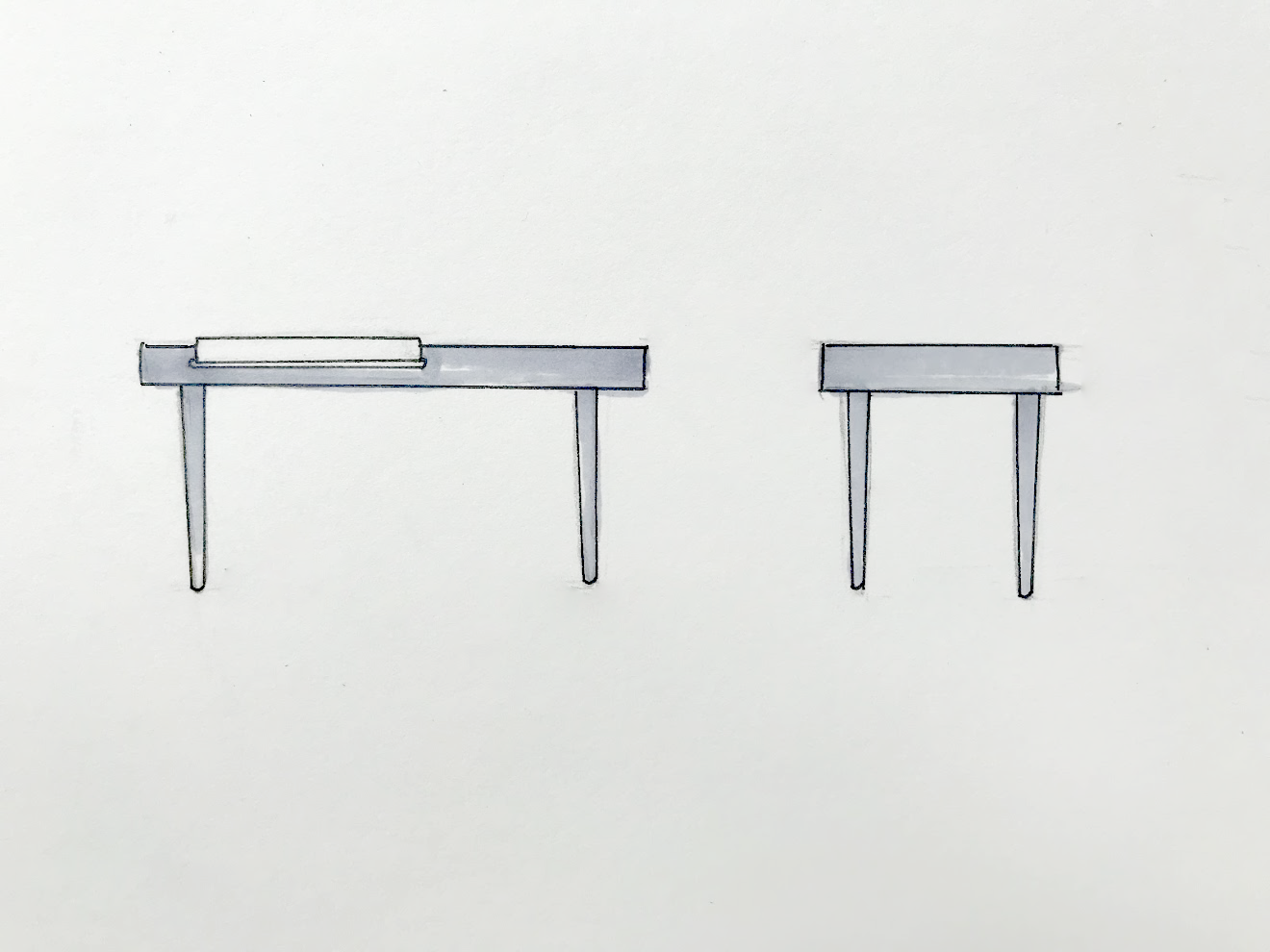
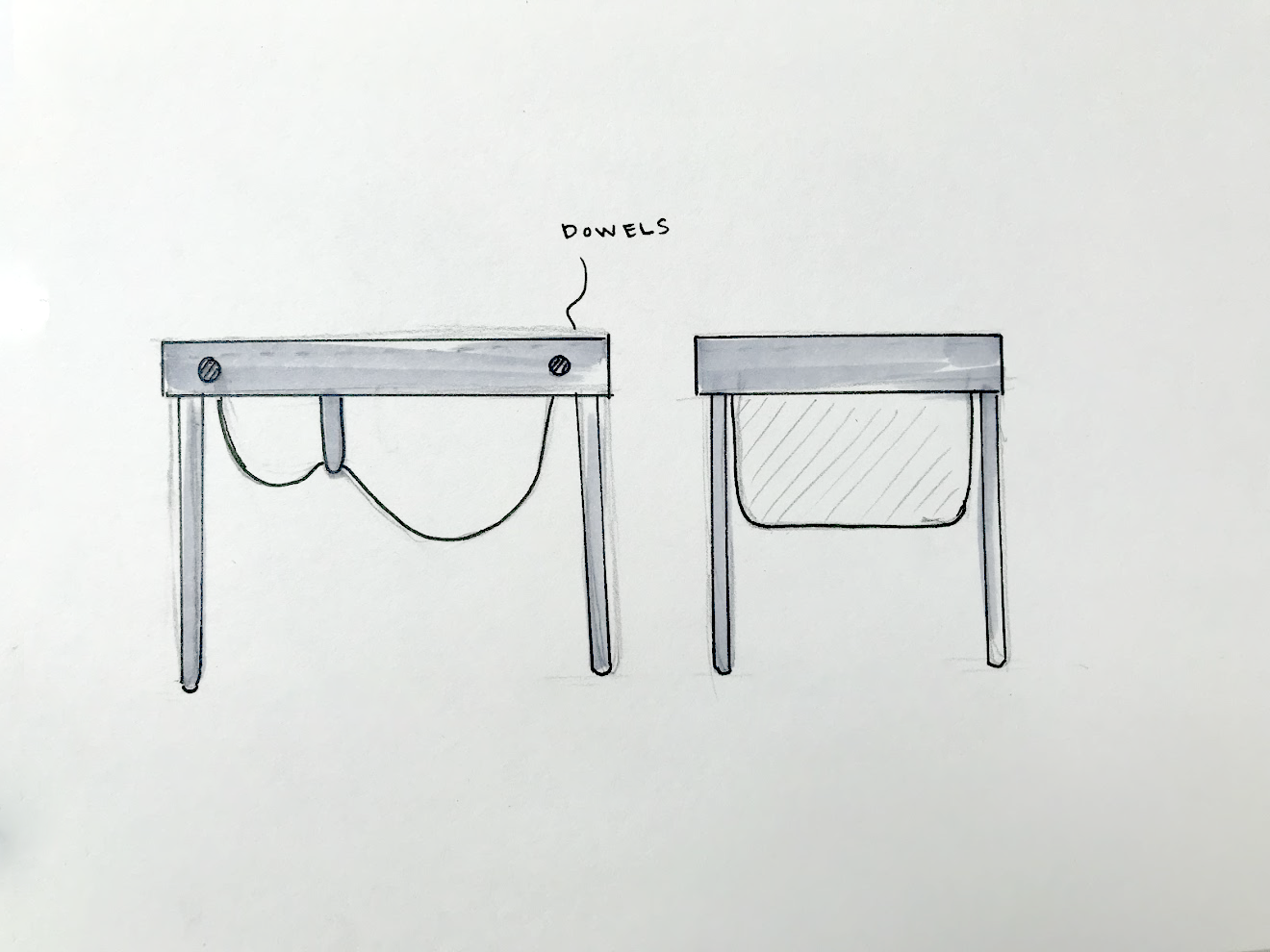
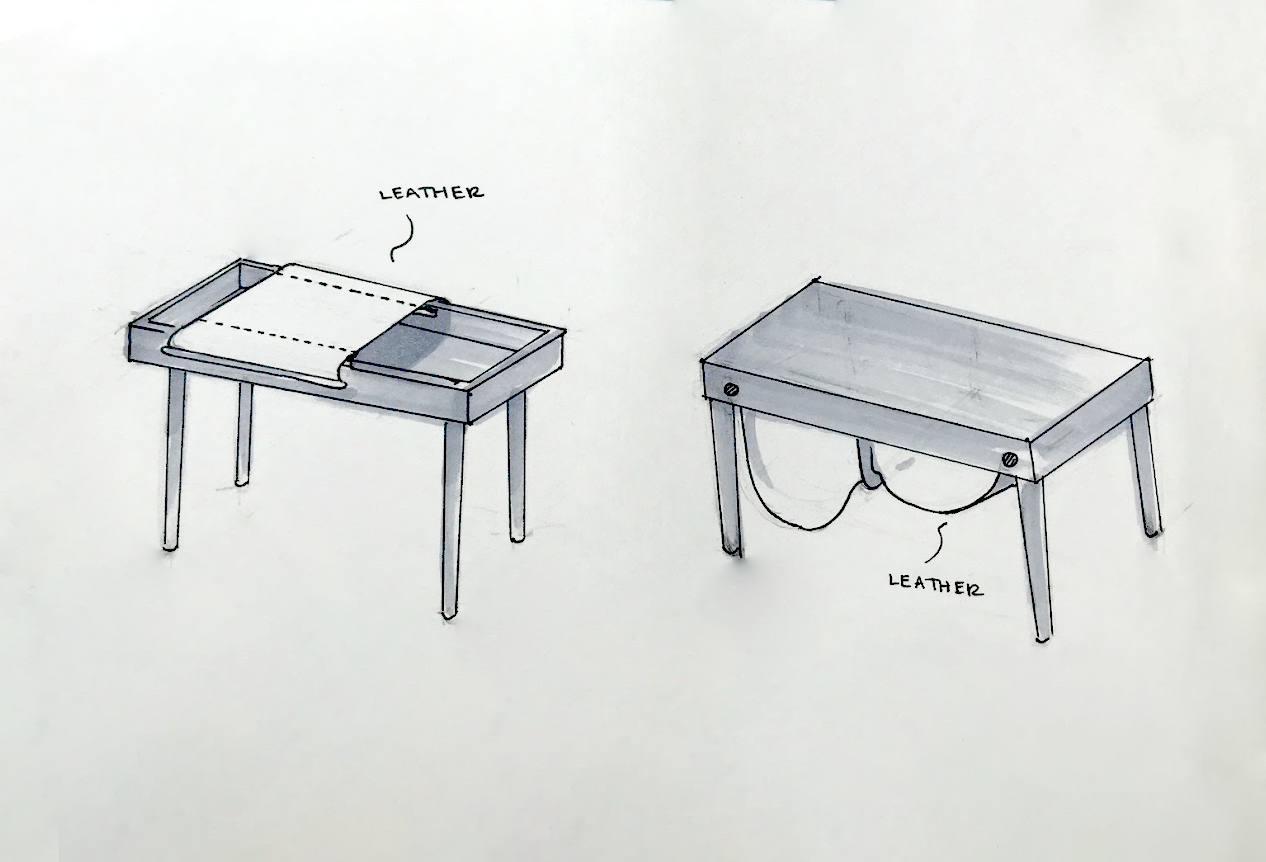
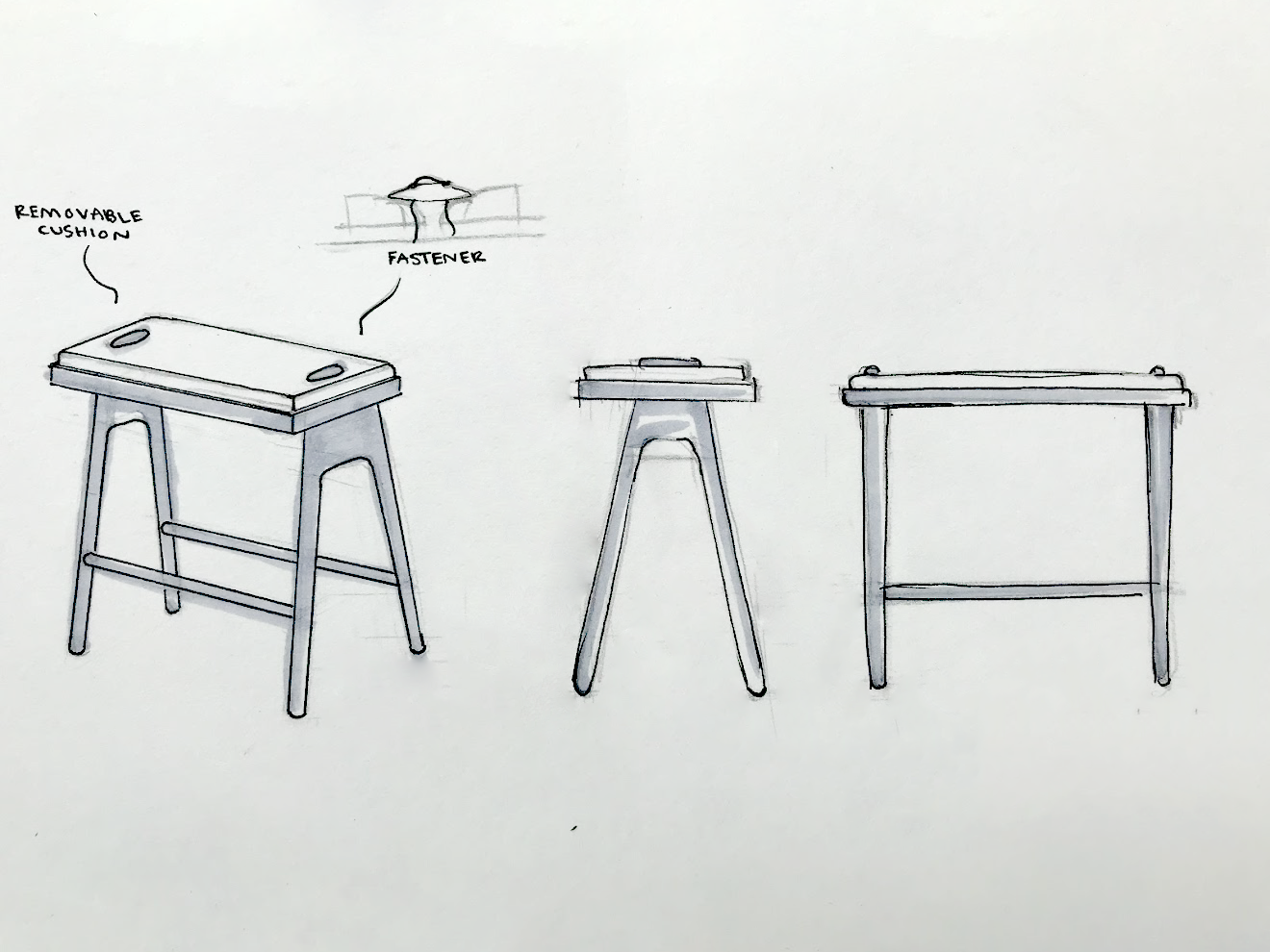
Process
During the sketching and refinement process I explored ways that sitting surfaces and storage spaces could coexist comfortably and experimented with different ways to contrast a wooden frame with softer materials such as leather or cushions. Once I settled on a stool design, I focused on refining construction details to elevate the design and add visual interest. For example, I was given the option of moulding plywood sheets to create the top curve of my seat but I choose to build it out of many joined pieces of solid wood, allowing the material and joinery to shine and become a focal point of the design.
Results
An ergonomic butt curve, rounded feet to reduce tipping and scratching, and an interchangeable fabric nook that is perfect for books or cats. The Button Stool is a versatile seat and storage space that looks great in any corner of your home.
This program gave me a healthy appreciation for traditional craft techniques and a better understanding of manufacturing processes (both handmade and automated). Carrying forward, I discovered my love of sketching in 3D models instead of on paper, something I will continue to incorporate into my process. Being able to examine something in space and modify it tangibly was not only invaluable to developing the design but also so much fun!

